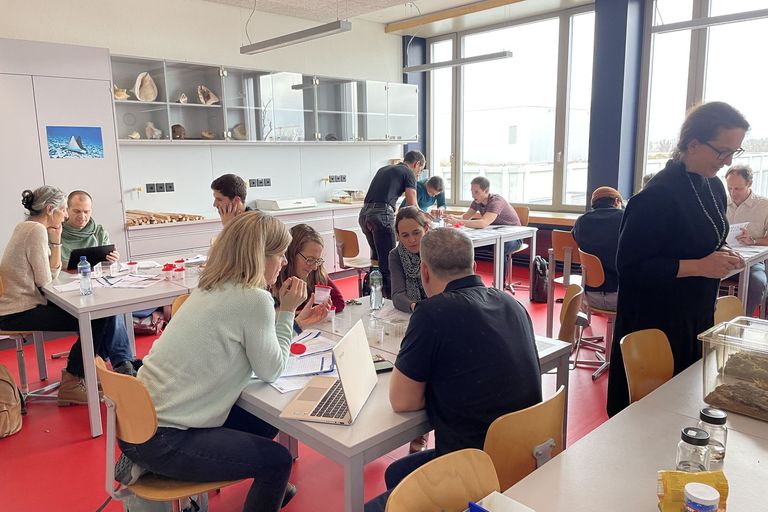Sujets correspondants

Life Sciences Symposium 2024
Le Life Science Symposium s'adresse au personnel enseignant du secondaire. Il a pour objectif d'enrichir les cours de biologie avec des expériences modernes éprouvées, des techniques de travail et des connaissances spécialisées actuelles.
Image : Thomas Scheuber, Science on Stage SwitzerlandTo bee or not to bee: the biology of bees and the biochemistry of honey
Sweet understanding: learn about the science of honeybees and their sugary product through a series of hands-on activities.
Image : Thomas Scheuber, Science in School, April 2023
